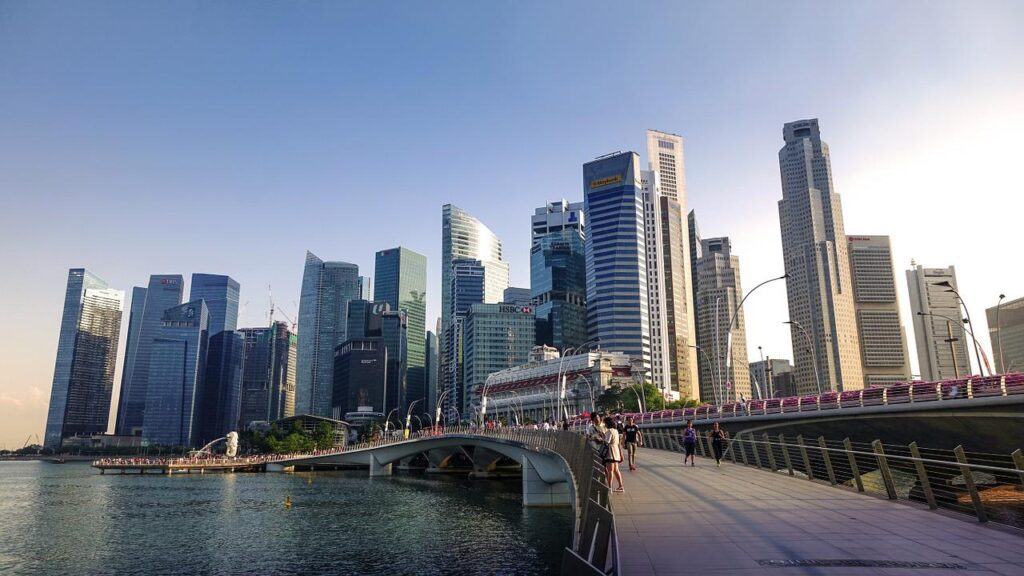
Singapore’s planned Initiative to sell up to SGD35 Billion in ‘Green Bonds’ through 2030 will support for development of the nation’s sustainable financing capabilities, stated the Fitch Ratings. This development will also be focused on aiding the government’s initiatives to establish a green ‘taxonomy’, which among other goals seeks to empower the financial providers to align their investments and lending on the basis of their environmental impact.
Singapore’s inaugural green sovereign bonds are likely to be issued in 2H22. The impact on the sovereign’s credit profile is likely to be marginal, given its net creditor position and prudent fiscal management. The bonds are being issued under safeguards that include a gross borrowing limit and strict criteria for qualifying projects.
Fitch sources added that the funds raised may be spent to promote fields such as adaptation to climate change, biodiversity conservation and sustainable resource usage, renewable energy, energy efficiency, clean transportation, sustainable water management, pollution control, and green buildings.

Furthermore, Industry sources added that the bond issuance is also a testament to the Singapore government’s commitment to long-term social challenges, such as sustainable development and combating climate change. The government targets for carbon emissions to reach net zero by or around 2050, with the establishment of a broader green finance ecosystem by then.
This in turn could aid in the overall funding of sustainable finance initiatives both in Singapore and the broader region, and boost Lion City’s existing assets as a financial center.
Singapore’s inaugural green sovereign bonds are likely to be issued in the second half of 2022. Even before the green sovereign bonds, Singapore has already inclined its toes in issuing green bonds. The local Housing & Development Board separately raised S$1b in March 2022 for the development of green buildings.
Meanwhile, Singapore’s Government added that the taxonomy initiative would support the development of this ecosystem by providing a classification scheme and enhancing disclosure, according to Fitch, and would reduce greenwashing risks.
The taxonomy’s second draft proposes a ‘traffic-light’ scheme for the three sectors most important for greenhouse gas emissions: energy, transport, and real estate.
Industry sources reaffirmed that the green bonds issuance and carbon credits trading schemes are elements within the authorities’ plan for a broader green finance ecosystem. If successfully established, this could support the funding of sustainable finance initiatives both in Singapore and the broader region, while also enhancing the country’s existing strengths as a financial center.






